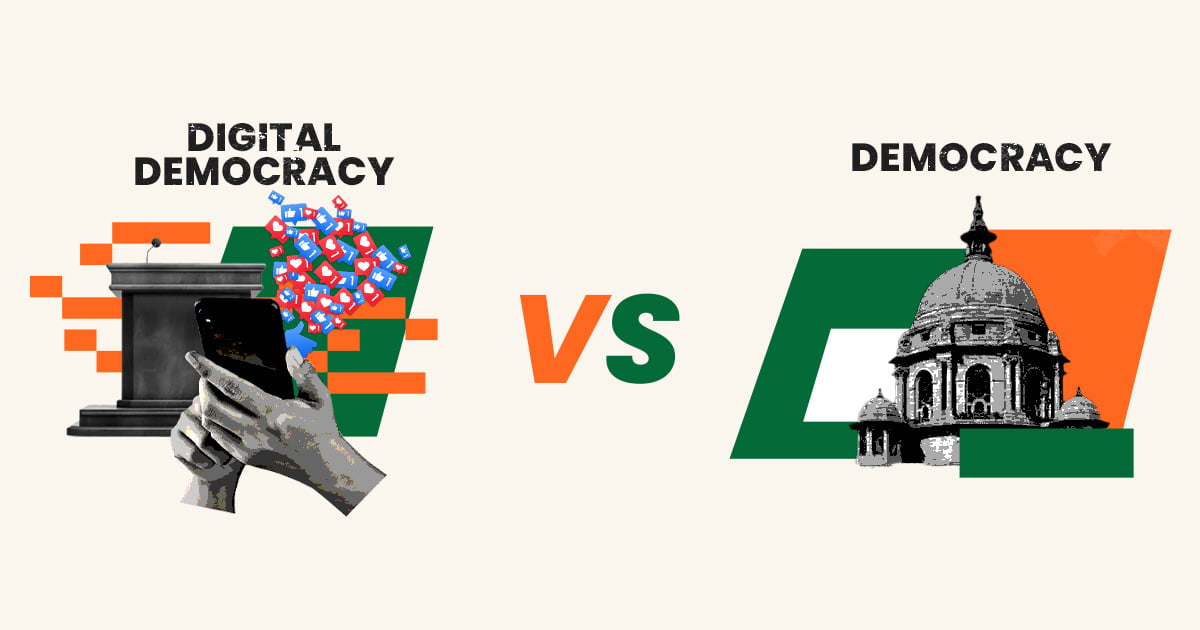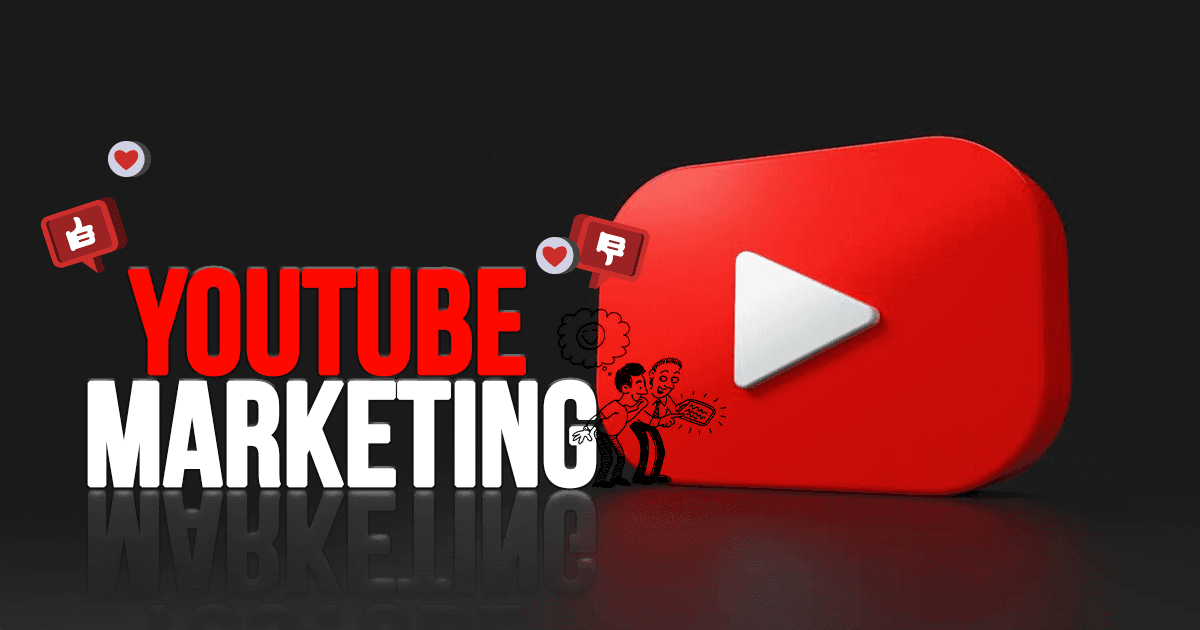We are living in an age of digital democracy, which poses both significant threats and opportunities for our democratic process. E-democracy, also known as digital or internet democracy, leverages information and communication technology in political and governance processes. According to Data Reportal, India had 462.0 million social media users in January 2024, representing 32.2 percent of the total population. This makes social media a key player in the political arena, capable of influencing outcomes significantly. In a country like India, where education is limited but data access is widespread, controlling digital media is a complex challenge.
The latest hot topic is the UP government’s new social media policies. While many policies already exist, including the clear advertising guidelines from ASCI, the question arises: do we really need another policy that could further restrict our freedom? We’re at a crossroads where social media has become both a powerful tool for polarisation and a platform for amplifying people’s voices. Social media serves multiple purposes:
- Uncovering and Exposing Truth: India ranks 159th out of 180 countries in the 2024 Press Freedom Index. As traditional news outlets lose credibility, social media influencers are stepping in to reveal the reality.
- Connecting with People: Social media has broken regional and language barriers, allowing influencers to communicate in ways that resonate deeply with their audiences.
- Distorting the Truth: While social media has the power to bring about change, misuse can lead to dangerous outcomes, such as the spread of false information that has sparked riots in recent years.
In today’s political landscape, social and digital media reign supreme. From debunking myths to fact-checking policies, influencers play a crucial role. But does this influence instil fear in politicians, leading them to clip the wings of digital marketers and content creators?
The UP government has drafted a new digital media policy for Uttar Pradesh to promote its developmental and welfare schemes through social media. The policy also authorises legal action against users posting “anti-national, anti-social, or derogatory remarks.”
According to the draft, accessed by INDIA TODAY, the state government will pay influencers on platforms like Facebook, X, Instagram, and YouTube up to Rs 8 lakh per month, based on followers and subscribers, to promote government schemes. Payment rates vary across social media segments. For “videos, reels, and podcasts” on Facebook and Instagram, influencers can earn Rs 5 lakh, Rs 4 lakh, Rs 3 lakh, and Rs 2 lakh per month under four categories. Written posts on Facebook, X, or Instagram will earn between Rs 10,000 and Rs 50,000 per month, depending on the category.
But this policy raises important questions: What defines “anti-national”? Is it simply criticising government policies? Can content creators discuss both the positives and negatives of these policies without being labelled anti-national? And what happens if a content creator exaggerates or glorifies the government to secure these incentives—will that be encouraged?
As marketers, we have questions for both you and fellow marketers. However, we can all agree that obscene content, hate speech, and blatant lies must be controlled—after all, we’ve seen the devastating effects of fake news and harmful WhatsApp forwards on our communal integrity.
We run campaigns for everyone, regardless of political views. Our goal is to increase reach, engagement, and ROI for our clients. But recent regulations have begun to restrict our creative freedom. The proposed Broadcast Bill, which aimed to place all digital media under surveillance, was scrapped after protests, yet the fear of being “called out” by triggered audiences persists. We find ourselves caught between client expectations and the “boycott” culture. Several ads, despite having immense potential and delivering powerful messages, have been cancelled due to public backlash:
- FabIndia’s “Jashn-e-Riwaaz” Campaign: This Diwali campaign was criticised for using an Urdu term for a Hindu festival and not showcasing traditional Hindu attire, leading to accusations of “Islamizing” Diwali.
- Burger King’s Moldy Whopper Ad: Burger King aimed to highlight its preservative-free Whoppers by showing a mouldy burger, but the bold move backfired. Instead of praise, audiences were grossed out, criticising the unappetizing approach.
- Manyavar’s Ad Featuring Alia Bhatt: Intended to modernise the “Kanyadaan” ritual, this ad was perceived as mocking Hindu traditions.
- Dabur Fem Bleach Same-Sex Karwa Chauth Ad: Dabur’s Fem Bleach ad sparked controversy for depicting same-sex couples in a Karwa Chauth campaign, seen by critics as disrespecting the traditional ritual. Under legal threat from Madhya Pradesh’s Home Minister, the brand withdrew the ad and issued an apology.
- Tanishq’s Interfaith Marriage Ad: This ad faced severe backlash on social media, with accusations of promoting “love jihad,” leading the brand to withdraw the campaign.
Not just in India, but also in countries like North Korea, Vietnam, China, Iran, the UAE, and other Middle Eastern nations, strict surveillance over anti-government content and social media is enforced, often with severe penalties for violations. In contrast, India, with its rich history and culture of Unity in Diversity, stands as the world’s largest democracy that upholds the right to freedom of speech.
Creative ideas and art have always been under the microscope, constantly scrutinised by society. Despite these pressures, we continue to push boundaries and bring fresh, innovative concepts to the table. But when creativity faces harsh criticism and backlash, it discourages people from pursuing it as a profession. This would inevitably lead to a decline in the overall quality of advertising and marketing, as the creative energy and risk-taking that drive the industry would fade.
Every campaign involves a series of carefully thought-out steps—from ideation to execution—aiming to connect with audiences in meaningful ways. However, if these efforts are dismissed or attacked because they challenge the status quo or refuse to “play it safe,” the financial and reputational risks for marketers and creators become enormous. Creativity, by nature, is about taking risks and stepping out of comfort zones, but when these risks aren’t supported, they result in failure.
Without supportive government policies and societal acceptance, the future of creative marketing is at stake. Ads could devolve into safe, formulaic messages—nothing more than nothing more than generic ChatGPT ideas on a blank page, lacking the heart, personality, and ingenuity that make campaigns stand out.
We don’t have any other identity except as marketers, and our only colour is white, where we paint our thoughts for our clients.We firmly believe that advertising and digital media are incredibly powerful tools capable of driving societal change, given their reach to the masses. As marketers, we bear immense responsibility in crafting content, but this also requires an audience that is both sensible and responsible.
While policies and a responsible government can help create positive change, if subsidies are given to promote specific narratives, it could encourage propaganda and hate, while creators who don’t participate may face backlash. As a result, the public may only be exposed to partial truths, which poses a threat to democracy.
So, let us be free to create because that’s the only job we know how to do. Gr8 Brews always stands on the Gr8 side, with ethical marketing practices. If you want to stand with us, whether as a marketer or a client, let’s unite for the freedom of art. It’s high time! Stay updated and stay tuned for more trendy brews.





